大地上的人都应该成为“那可儿”
——《在库库淖尔以北》重印后记
2015年9月14日,吐蕃特高原东北边缘祁连山中段的宗务隆山。
汽车在寂静空旷的山谷行驶,我们不时停下来一边聊天一边看山,四周的群山上多是白垩纪的石灰岩悬崖峭壁和柏树。初秋的风和一两只山鹰轻轻飞过高耸入云的山岩,秋风拂动着山岩间一株株翠绿的柏树,周围只有柏树枝叶的摇曳、风和山泉的低语、山鹰翅膀那若有若无的啸声。牧人们已经搬到了秋营地,毡房和帆布帐篷旁边是碧绿的山坡和吃草的畜群。张承志阿哈缓缓讲述着他在内亚草原上遇到的人和事,还有那位生平坎坷历尽艰难的伟大额吉。我们说话的声音和阿努达喇的照像机“咔嚓”声让山谷显得越加静谧空旷。
张承志阿哈从北京带给我的字幅是他手书的“祁连隔大陆,黑湖横半空,人是那可儿,山海结弟兄”。字幅中附有蒙古文的“那可儿”一词是蒙古语“兄弟姐妹,伙伴,志同道合的人或同志……”,“人是那可儿”可以解释为“普天之下的人都是兄弟姐妹”……
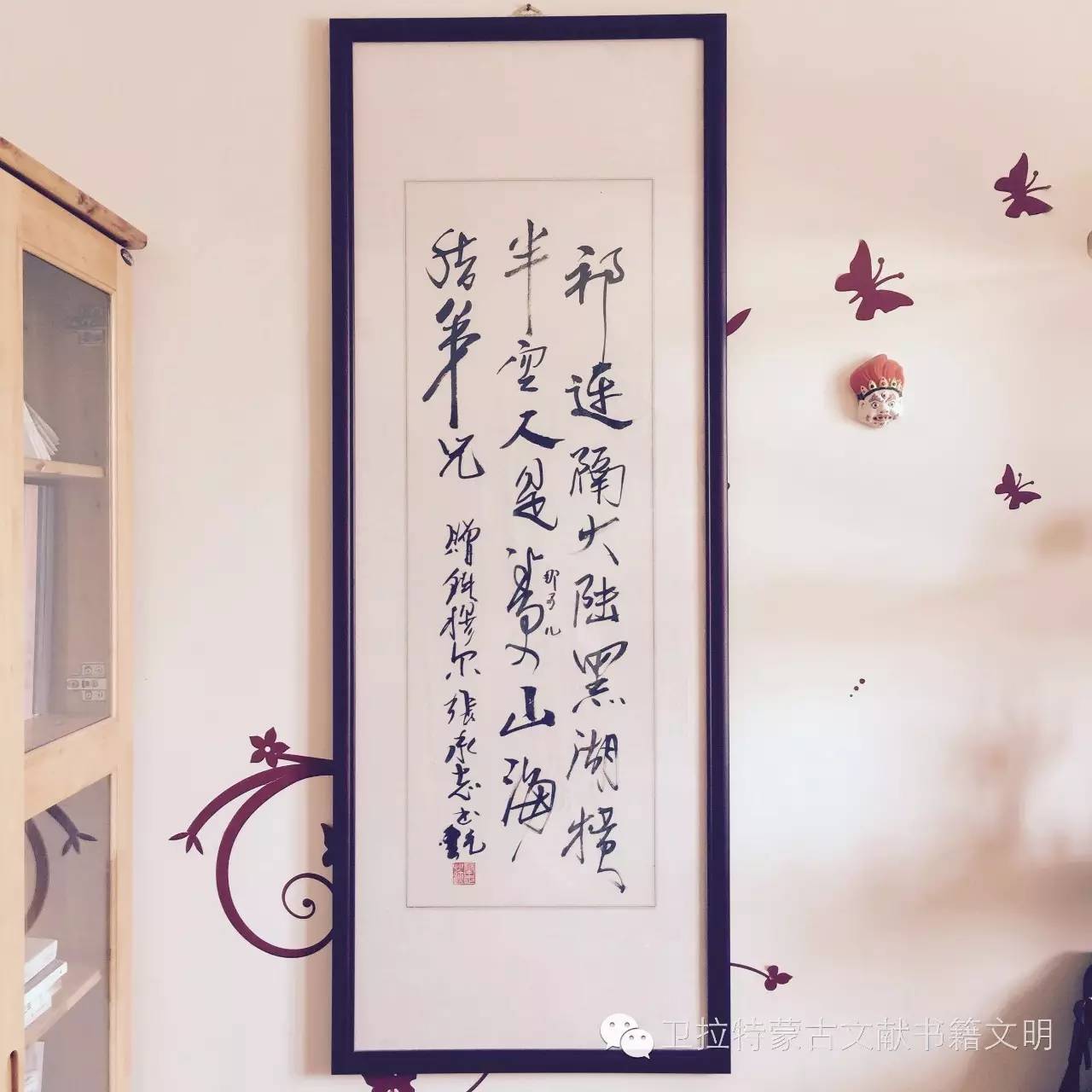
在蒙古——尧熬尔语中“库库淖尔”意为青湖或蓝湖,指的就是青海湖。“哈拉淖尔”意为黑湖,指的是如今叫做哈拉湖的祁连山主峰脚下的那个大湖。青海湖和哈拉湖的直线相距400-500公里,哈拉湖面积仅次于青海湖。
我们来到这里主要是为了和张承志阿哈见面。我和阿努达喇告别他后,还可以在返回的途中去看望我在14年前开始整理这部口述史而采访过的那些“那可儿”——牧人们,旅途中的每一件事都至关重要。从德令哈乘火车到了海晏县已是傍晚,昂青才旦的弟弟达瓦开着车来接我们。在宾馆放了行李后,我带着口述史去原贝勒旗蒙古王爷的孙子才宝先生家。他站在马路边等着我,当年帅气的才宝先生老了胖了头发也白了。我们到他狭小的廉租房内聊天,才宝先生说,“唉,那一年呵,你来了我给你说了那一席话后感觉肚子里的苦水倒出来了,心里一下子轻松了舒坦了……”才宝先生的感慨中带着多少忧伤和辛酸。他的老伴华茂给我们端来了新鲜的酥油、曲拉、白糖、糌粑和滚烫的奶茶。我把蓝色的哈达和口述史送给了他。他告诉我扎藏寺的老医生尼泊去世了,曾任祁连县副县长的聂步腾去世了,秋什江如今在西宁……
第二天我们乘车穿过默勒草原,默勒草原名称来自旧名“乌兰木仁”,蒙古语意为红色河流。现在人们把这条河叫做默勒河,下游叫大通河,是黄河的支流之一。从车窗里看着道路两旁的白色毡房和简易帆布帐篷前挤牦牛奶的牧女,驱赶牛群的牧人,羊群和马群,起伏的草原和云朵。太阳升起时,阿努达喇的照像机也响起来了,凉风从草地上吹来,草原总是让我们内心无法平静。到了祁连县,远处已被积雪覆盖的乃曼鄂尔德尼神山云雾迷漫,这座神山的汉名叫牛心山、八宝山,吐蕃特名叫阿米东索。住到宾馆后我打电话约了多杰先生,他告诉我那几年我采访时六十岁以上的人大半都去世了,沙里、马加阿米、加布桑昂热、达尔龙的老僧人、撒白勒、旦斗沟……
我感觉到一向淡漠的多杰先生,这一次心情是不平静的。
傍晚,我们去看望当年的吐蕃特老僧人洛布丹先生,洛布丹先生的老伴在门口迎接我们,矮小的老奶奶头戴一顶白色礼帽,腿子微微瘸着带我们上了楼。洛布丹先生已经双目失明,削瘦的脸上是深陷的眼眶。这些年他们是怎么过来的呢?白雪皑皑的祁连山云飞雾卷,山下川地草原草青草黄,孩子们变大变老,孙子们又长大,死亡和出生,痛苦和欢乐……
双目失明的洛布丹先生欣慰地抚摸着我送他的书,他已经看不到书的样子了。老奶奶也拿起书翻着,她的心中是同样的欣慰。一会儿从野牛沟的秋营地牧场来的儿子宫布,天生真诚厚道的他也顾不上风尘拿起书翻着,尽管他不认识几个汉字。从海晏县到祁连县,我们谈话的主题仍是1958-1959年海晏县、门源县和肃南裕固族自治县牧民们的遭遇。洛布丹先生说不远处住着我当年采访过的老人劳布藏,现在也有80多岁了,老伴这几年里瘫痪在床,由孩子们轮流侍奉。
吃过手扒肉和汤饺子我们要道别了,穿着赭红袈裟的洛布丹先生从沙发上站了起来,塌陷的眼眶削瘦的面孔默默地面向我和阿努达喇。我们还能见面吗?我觉得这可能就是我和他的最后一面。我们说以后再来看他,我有点慌乱地道了别。出了门,桔黄色的路灯下清冷的秋雨在祁连县街道上不紧不慢地下着,行人和车辆不时从街上走过。
在库库淖尔以北,默勒河两岸和祁连山的南麓,我采访过的“那可儿”老朋友们大半已经去世,当年采访时我曾承诺要把口述整理成书后一定要送他们。如今,我把不多的一些书送给了这里零零落落的几个故交旧友了。而在祁连山北麓的尧熬尔群山草原上呢?我采访过的人中还有多少“那可儿”,还有多少当年采访过的故人在世呢?我只知道先后到了那个彼岸世界的一串名字:罗布桑皂巴、罗布藏土尔旦、瓦什、林木措、秦道尔吉、藏木拉尔琪、赛布宗琪、仁青卓玛、仁青琦、赛尔藏、叶勒其格塔克、德力格尔、巴特巴斯、诺欧恩、王荫桐 ……我还能见到几个曾经采访过的旧交?不管怎样,这是我要践行的诺言,因为我相信自己是大地上所有人的“那可儿”,而地球上的人都应该是“那可儿”。
很幸运的是,我在自己的族群中拥有能常常提醒我的“那可儿”乌鲁·萨格斯,他是尧熬尔族群萨格斯部落的青年学者和作家。
我和乌鲁·萨格斯的深入交谈是从上个世纪的最后几年开始的。那是在祁连山北麓山谷中那个寂静干净的小镇。小镇的周围都是大大小小的山脉和无数的沟壑,吐蕃特高原的东北屏障。我们在交谈时,窗外清晰地传来乃曼河的涛声,交谈的声音渐渐压倒了窗外传来的涛声。我们俩的话题多半是族群、草原、历史和他在人类学研究方面的最新探索。
2004年初夏的一天,当乌鲁·萨格斯问起我的口述史曾受到哪些人的启发时,我给他拿出了《锌皮娃娃兵》和《切尔诺贝利的祈祷》(乌兰汗、田大畏译,昆仑出版社1999年出版)书的扉页有作者斯维特兰娜·阿列克谢耶维奇(Svetlana Alexievich)的速写肖像,映入眼帘的是作者那一双为他者的苦难熬过不眠之夜的眼睛,疲惫而苍凉。画家几笔就画出了她的心情。我最早读过她的一本书是《战争中没有女性》,时间大概是1987年。我感觉她和一切描写战争的作家不同,不同在哪里,当时我还没有深入思考。后来在张掖或是兰州的书店碰到她的《锌皮娃娃兵》和《切尔诺贝利的祈祷》,读了几页后我就明白了,我的心灵和阿列克谢耶维奇的心灵走得很近。当时我把我在祁连山南北的调查整理成的一些初稿也叫做“文献文学”,直到后来乌鲁·萨克斯帮助我学习了一些口述史的方法,就努力按口述史的方法去做。
许多年里,我除了读亚力山大·索尔仁尼琴(Aleksandr Solzhenitsyn)和瓦尔兰·沙拉莫夫(Variam Shalamov)文字以外,斯维特兰娜·阿列克谢耶维奇和张承志无疑是我精神上更重要的“那可儿”。
我不会忘记的是2007年第6期《西湖》杂志刊载了口述史的片断。完整的口述史于2015年3月在斡亦喇惕·阿努达喇的策划下终于在蒙古国乌兰巴托索永布出版社出版,这一次是在台湾的“那可儿”——席慕蓉大姐的殷切期望下出版社即将重印。阿拉坦托娅帮助我把重印后记翻译为英文。
此文原刊于《文艺报》2016年4月25日

2015年10月22日
All of us should be Nökür
ZongwulongMountAinin the middle of Qilian Mountain at thenorth-east edge of Tibetan plateau, on 14th, September 2015.
We stopped for talking andtaking view on mountains now and then when our car driving in the silentvalley, cliff made of limestone and cypress standing on mountains around. Oneor two eagles flied over the high rock in wind in autumn. Flickering cypress ,murmuring of wind and spring and hissing of eagle’s wings were full around us.Nomads in this area had moved to the place for autumn and herds were eating thegreen grass around the tents. Mr. Zhang told me about the people and stories hemet in grassland of Inner Asia, he also talked about his great Eji who sufferedso much. Our voice and the sound of Annudala’s camera made the valley spacious.
He took me his own calligraphyfrom Beijingwritten Qilian split the land with the black lake over it. We are Nökür andcould make friend between mountain and sea. The word Nökür in the calligraphywas written in Mongolian means friend, partner and like-minded people. It couldbe explained that everyone should be friends.
In Mongolian and Yugur language,Kukunur means blue lake, Xaranur meansblack lake, it’s the Xala lake at the foot of Qilian mountain and it is about400-500 kilometers apart from Qinghai lake and also littler than it.
We came here for meeting brotherZhang, and when Anudakla and I left him, we decided to visit my Nakers----thenomads I interviewed 14 years ago on our way back. Everything in this trip issignificant. It was at nightfall when the train arrived in Haiyan County.The little brother of Ongqing Tsandancame to meetus and he drove us to the hotel. I went to visit Mr. Tsaibao----the grandson ofthe prince of Beileqi taking my book of oral history after laid down the luggagein hotel. Mr. Tsaibao was waiting for mebeside the road. The handsome guy was old and fat with his hair white. Wetalked in his narrow low-rent house andhe said :“It made me feel easy after I told you my story thatyear…….”His exclamation was miserable and distressed. His wife gave us fresh butter, cheese, sugar,zanba and hot milk tea. I gave him my book of oral history with blue frontcover. He told me that the old doctor Nipo in Zhazang temple and Mr. Niebutengwho was the vice magistrate head of Qilian Countywere all dead. Mr. Qiushijiang moved to Xining…….。
We took a bus the next daypassing the Mole grassland. The old Mongolian name of the grassland was‘Wulanmuren’, means red river. Now, it was called MoleRiver and the lower reaches of itnamed Datong Riveris one tributary of Yellow River. I can seewhite tents beside the road, shepherdess milking yaks beside the canvas tentand nomads driving cattle. Sheep and manada was here and there. Audala’s camerabegan to work when sun rose. Cool wind blew over the grassland. Grasslandalways makes us unquiet. When we arrived in QilianCounty, the holy Neman Erdeny Mountain was covered bywhite snow. The mountain had other name like NiuxinMountain, Babao Mountainand it’s Tibetan name is Amnidongsuo. I called Mr. Duojie and he told me thatmost of the old I interviewed many years ago were dead. They are Shali, Majami,Jabsang Ongre, the old Buddhist monk in Darlong, Sabel, Dandougou and so on.
I felt Mr. Duojie was uncalm atthat moment although he is an indifferent man.
We visited the old monk Luobudanat dusk and his wife waited us at the door. The little old lady wearing a whitehat with her legs lame led us went upstairs. Mr. Luobudan was blind with hissunken eyes in thin face. How did they go through these years after hischildren became older and older and his grandsons grow bigger and bigger? Thewhite Qilan Mountain and the grassland wentexperienced the same thing.
The blind Luobudan touched thebook I gave him delightedly, he could see nothing. The old lady turned pageafter page delightedly. His son Gonbu came from pasture also put the bookalthough he could recognize few Chinese wards. The topic we talked from Haiyan Countyto Qilian County was also the story about what thenomads had suffered during 1958-1959. Luobudan said Mr. Luobuzang lived not faraway. He was 80 years old now and his wife was paralysis taken care of by hischildren in turn.
We were saying good-bye afterhad mutton and dumpling. Mr. Luobudan stood up wearing his duck-red kasaya. Heturned to Anudala and I. Could we meet again? Maybe it’s the last meet for us.We told him we will visit him again and said good-bye confusedly. We went outand found it was raining slowly under the orange light of lamp in the street ofQilian County. Cars and walking man passed nowand then.
Most of the Nakers I interviewedwere dead in the north of Kukunur, the riverside of MoleRiver and the southern slope of Qilian Mountain.I had promised them I will give each of them one book of oral history after Ifinish it, but now I just found a few of them. How about my old friends inYugur in the northern slope of Qilian Mountain? I knew many ofthem had passed away. They were Luobuzangzaoba, Luobuzangturdan, Washi,Linmcuo, Qindaorji, Zangmulaerqi, Saibuzongqi, Renqenzhaoma, Renqenqi,Saierzang, Yeleqigetake, Deliger, Batebasi, Nuoouen, Wangyintong and so on. Howmany Nakers I interviewed I can meet again? No matter how, I will make good mypromises because I believe myself is the Nakers of all human on the land andhuman should be Nakers.
We had deep conversation from the last years of thelast century. Wulu and I were in that silent and clean town in thenorthern slope of Qilian Mountain.There stand many mountains and valleys as the north-east parclose of Tibetanhighland.The Neman Riverwas running outside of my window when we talked. Most of our topics are aboutethnic group, grassland, history and his new find in anthropology study.
How lucky it is that I have my native Naker—Wulu·Sagas who can give me advices and remind me of mydirection. Wulu is a young scholar and writer from Sagas tribe of Yugur.
When Wulu asked me who influenced me to write theoral history on one day at the beginning of the summer in 2004, I took out thebook Zinc-Covered Boys and Chernobyl Prayer . There is portrait sketch of thewriter on the title page of the book. Her eyes were full of trace of sleeplessnights suffered by others’ suffering and the painter grasped it. I read her WarDoes Not Have a Woman's Face in 1987 and found she was different from otherwriters who write about war, but I couldn’t recognize the difference at thattime. I found Zinc-Covered Boys and Chernobyl Prayer written by her few yearslater in Zhangye and Lanzhou.I found our hearts are close after read few pages. I called my first draftabout the investigation from Qilian Mountain Literature Document. I began towrite as oral history after I studied method of oral history with the help of Wulu·Sagas. Beside Aleksandr Solzhenitsyn andVariam Shalamov, Svetlana Alexievich andZhang Chengzhi are my Nökür in spirit.
The oral history book waspublished by Soynbu publishing house in Mongolia planned by Oirat·Anudala in March 2015. This timeit will be republished in Mongolia again with the great expectation of sisterXimurong from Taiwan. Altantoya translated postscript for republishing intoEnglish and Mr. Enhibolide translated it into Kiril Mongolian.
Y﹒C﹒Tiemuer
On 22 October2015In Golstan Study




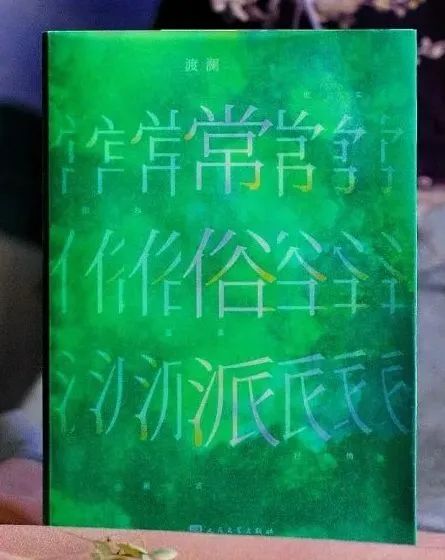


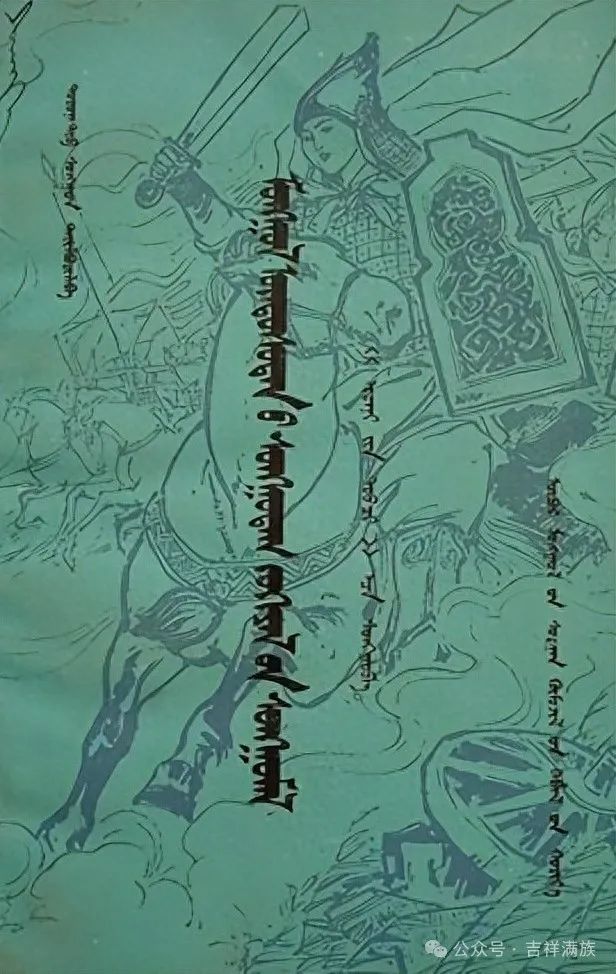

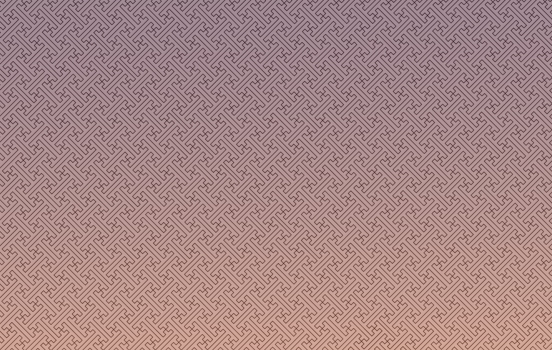

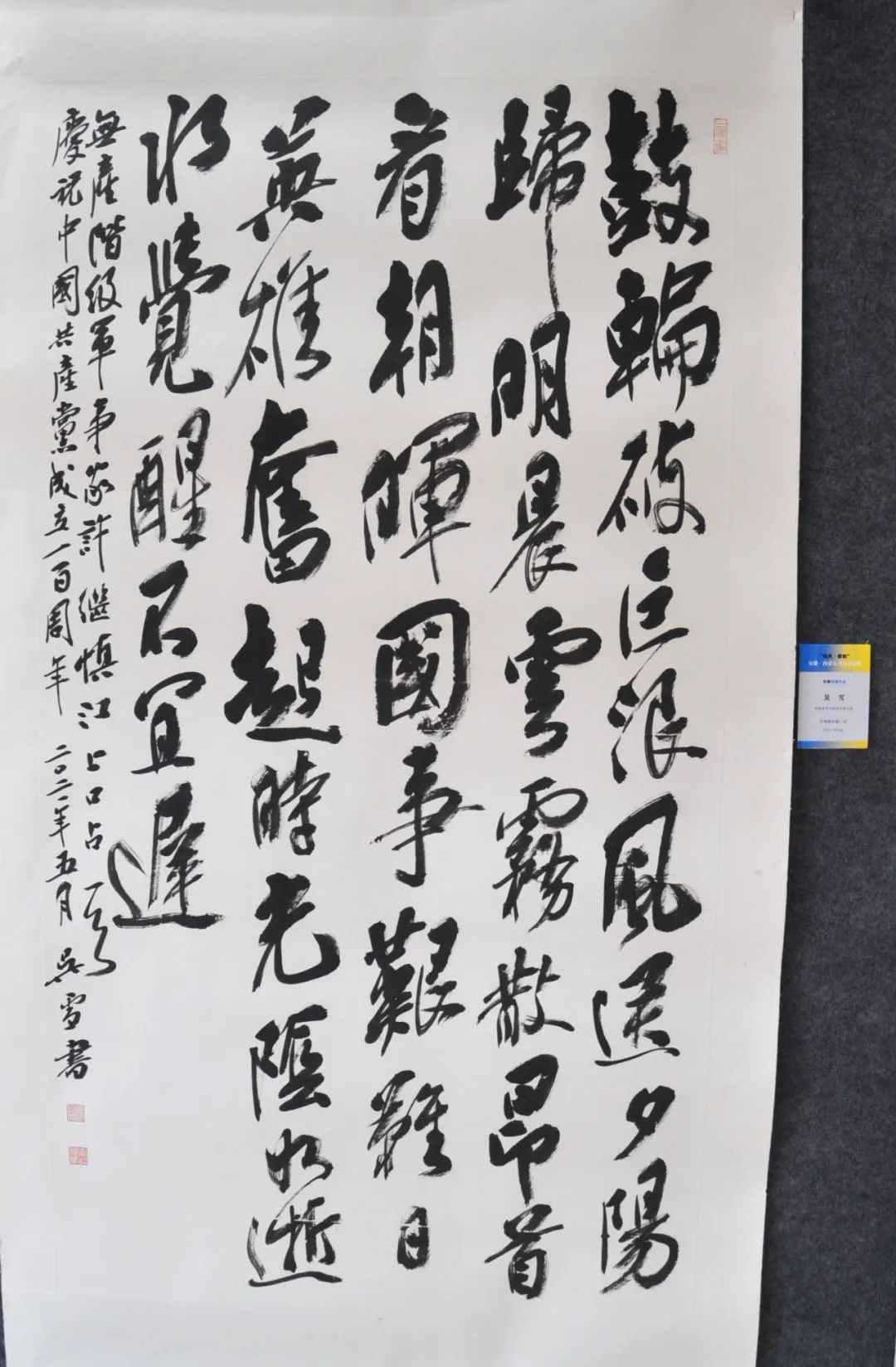
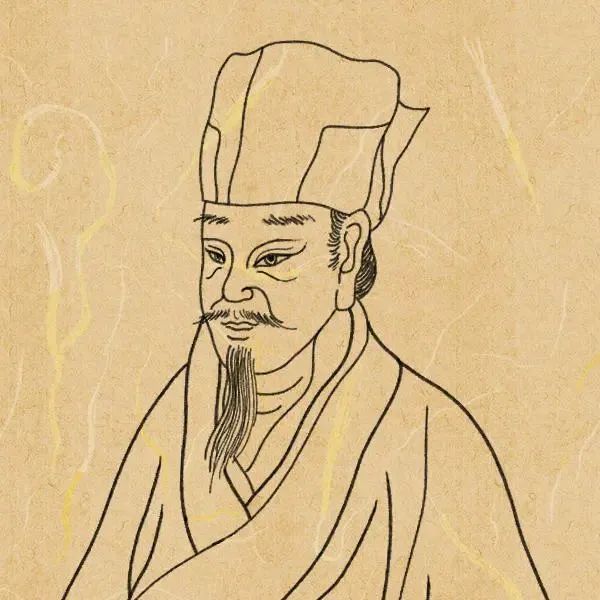
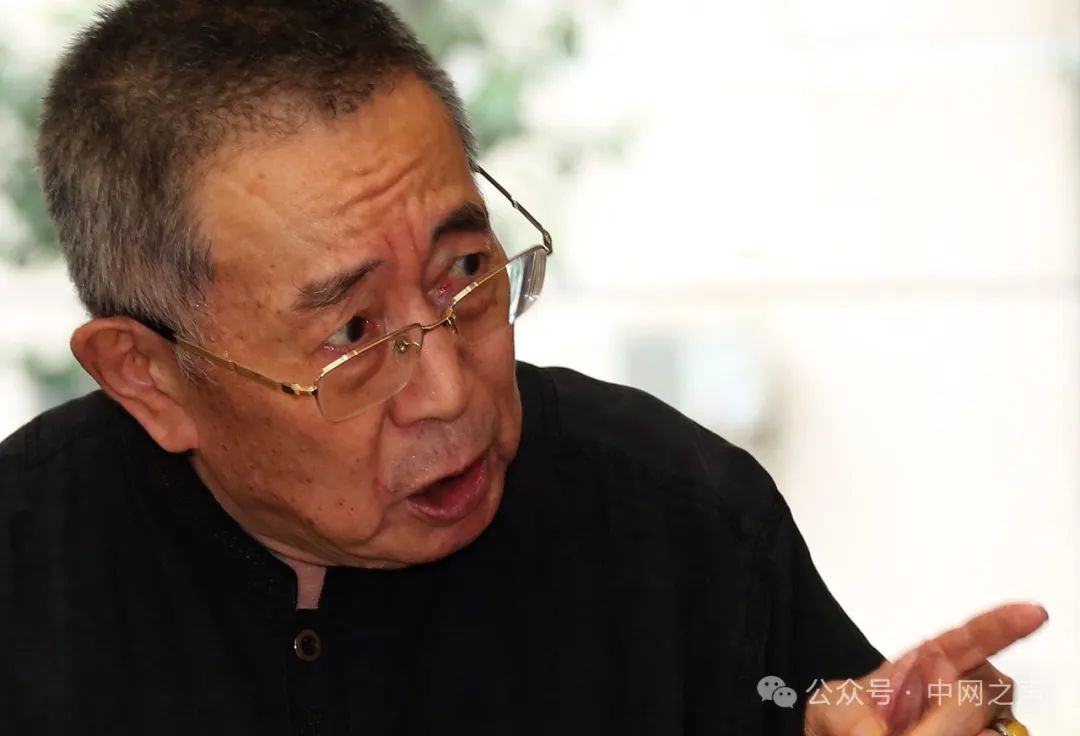
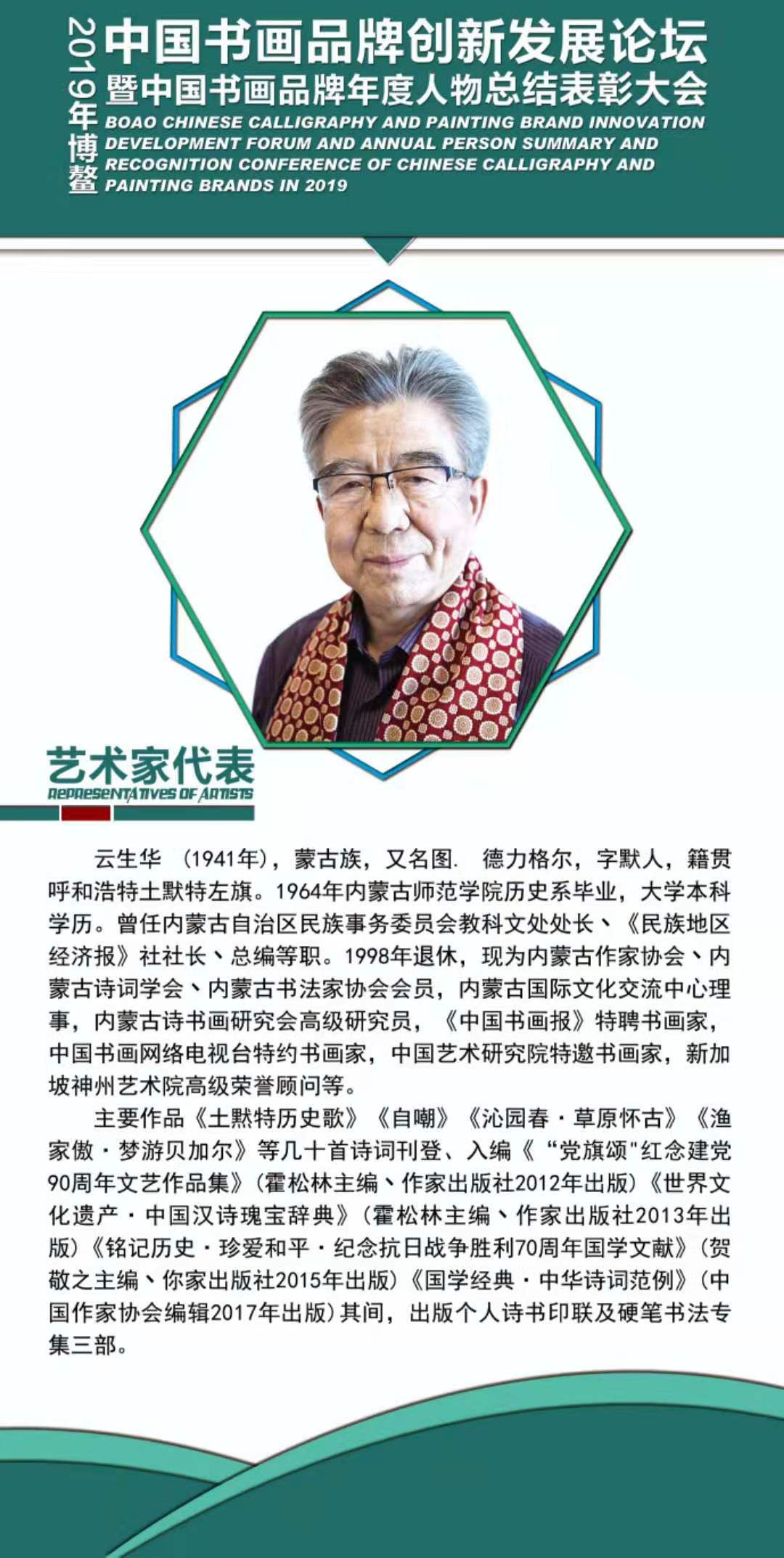

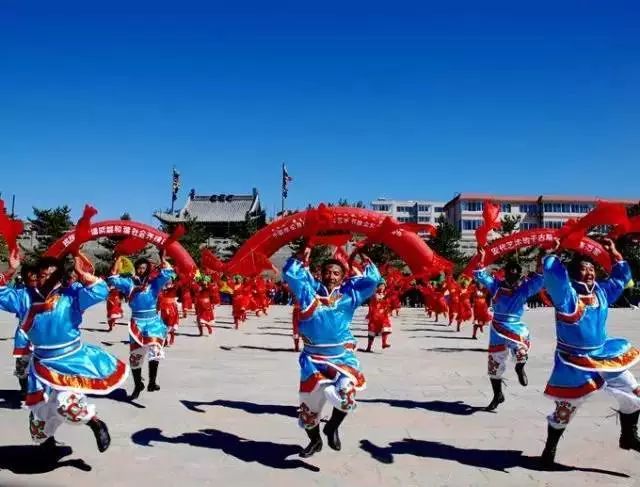
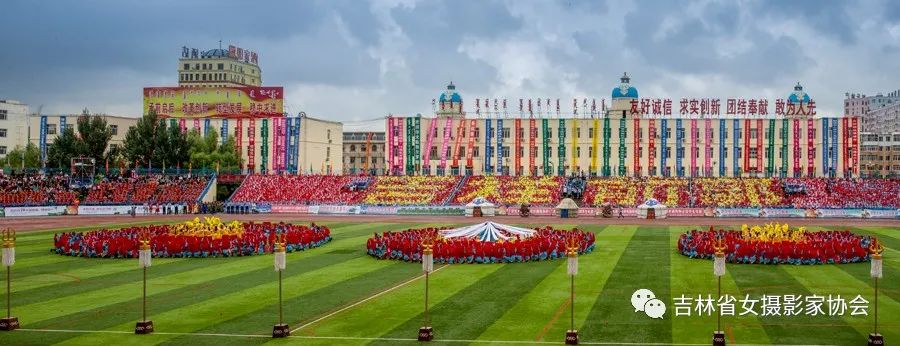
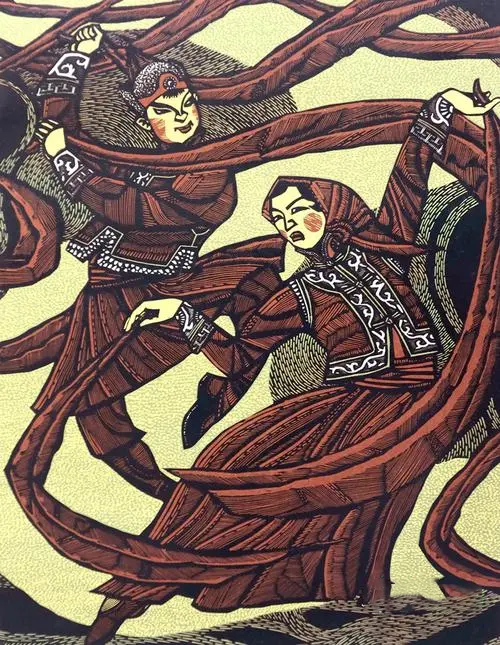
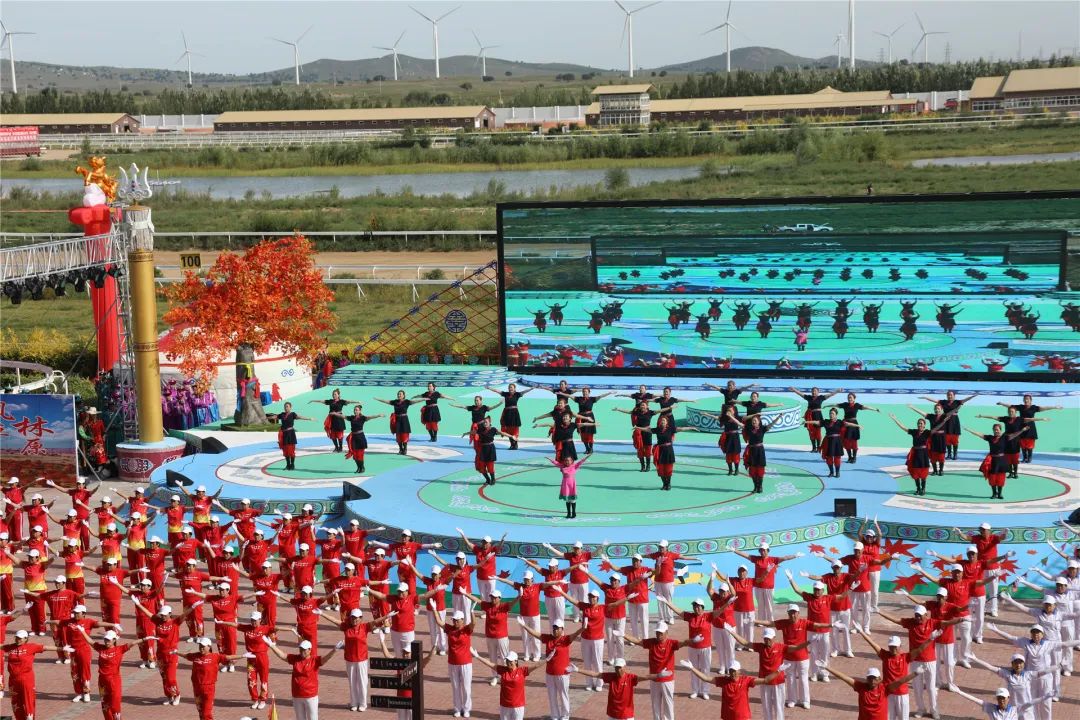
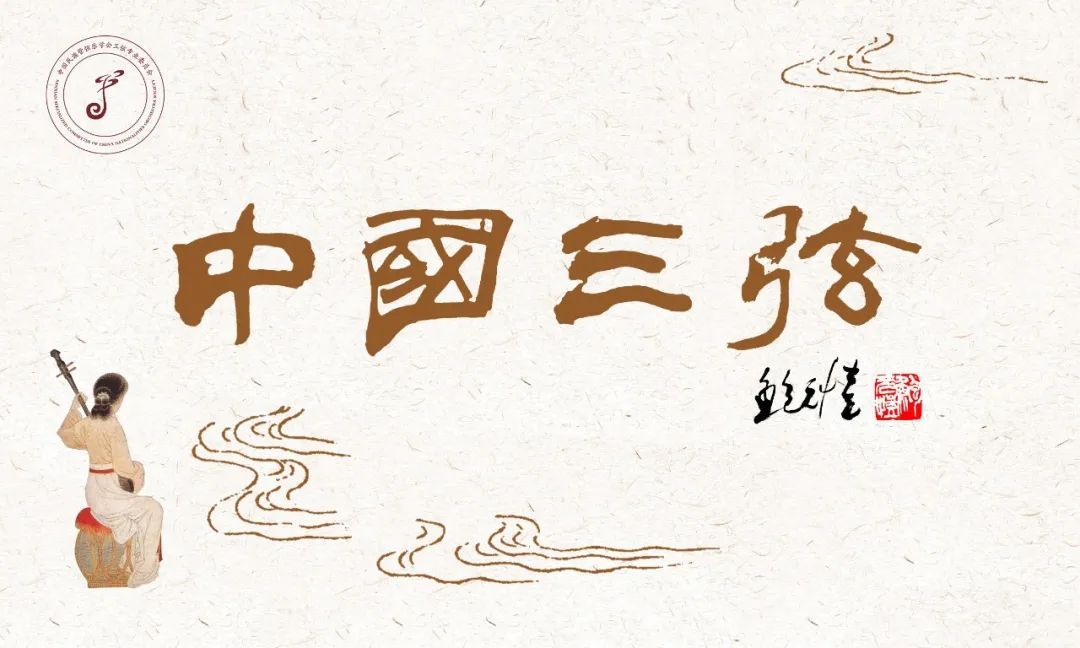



 蒙公网安备15052402000126号
蒙公网安备15052402000126号


发表评论